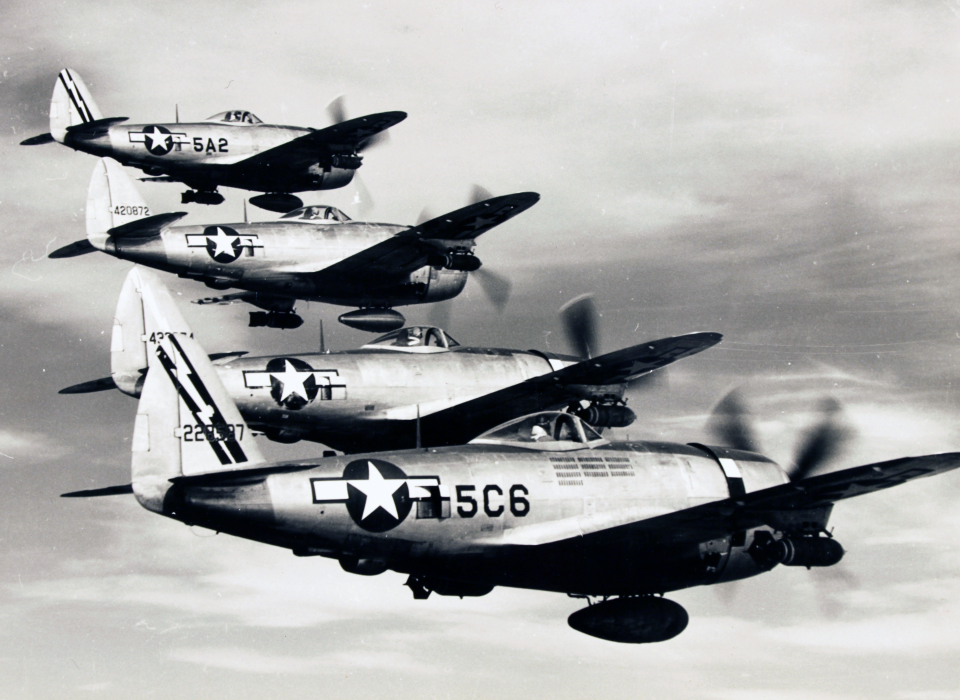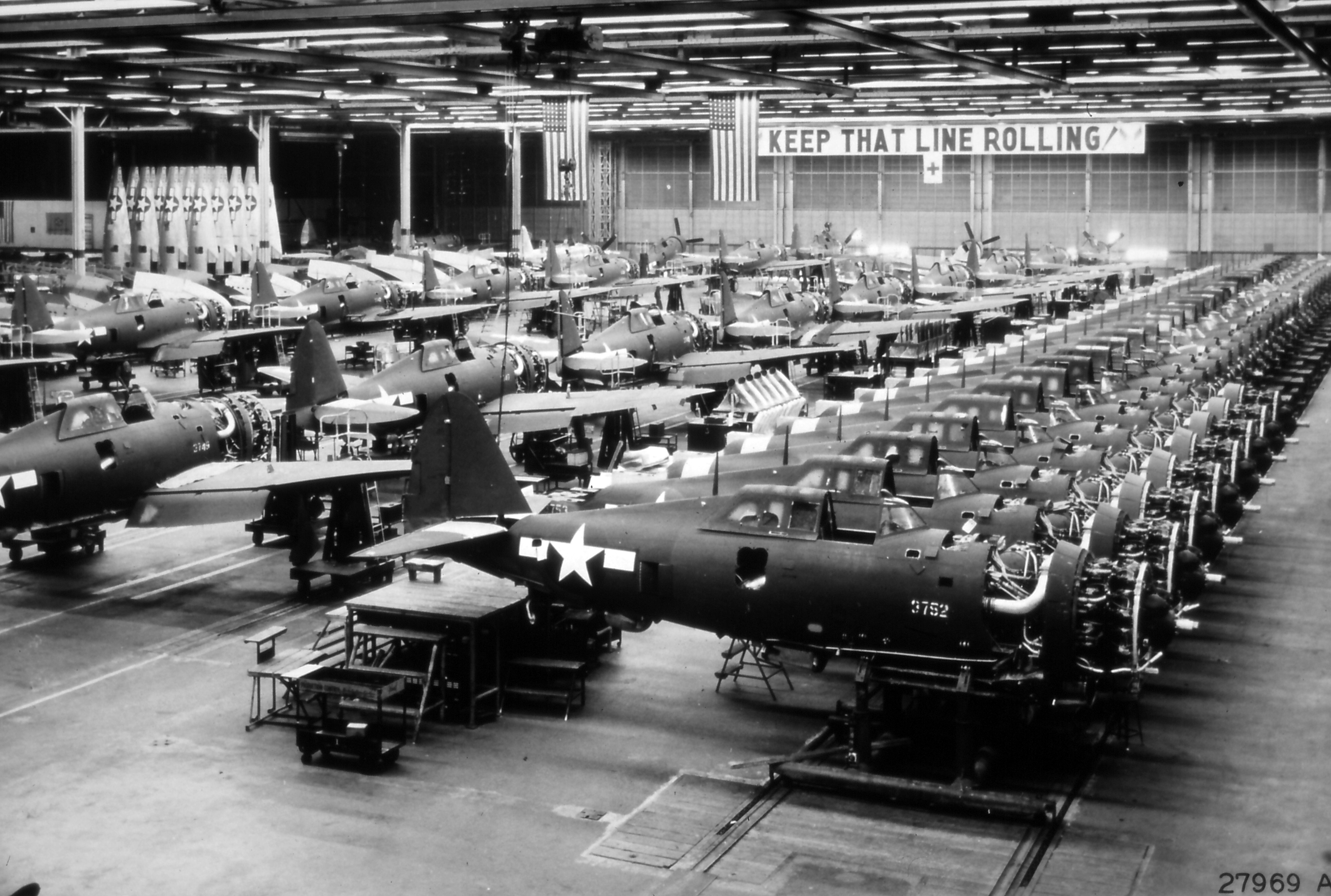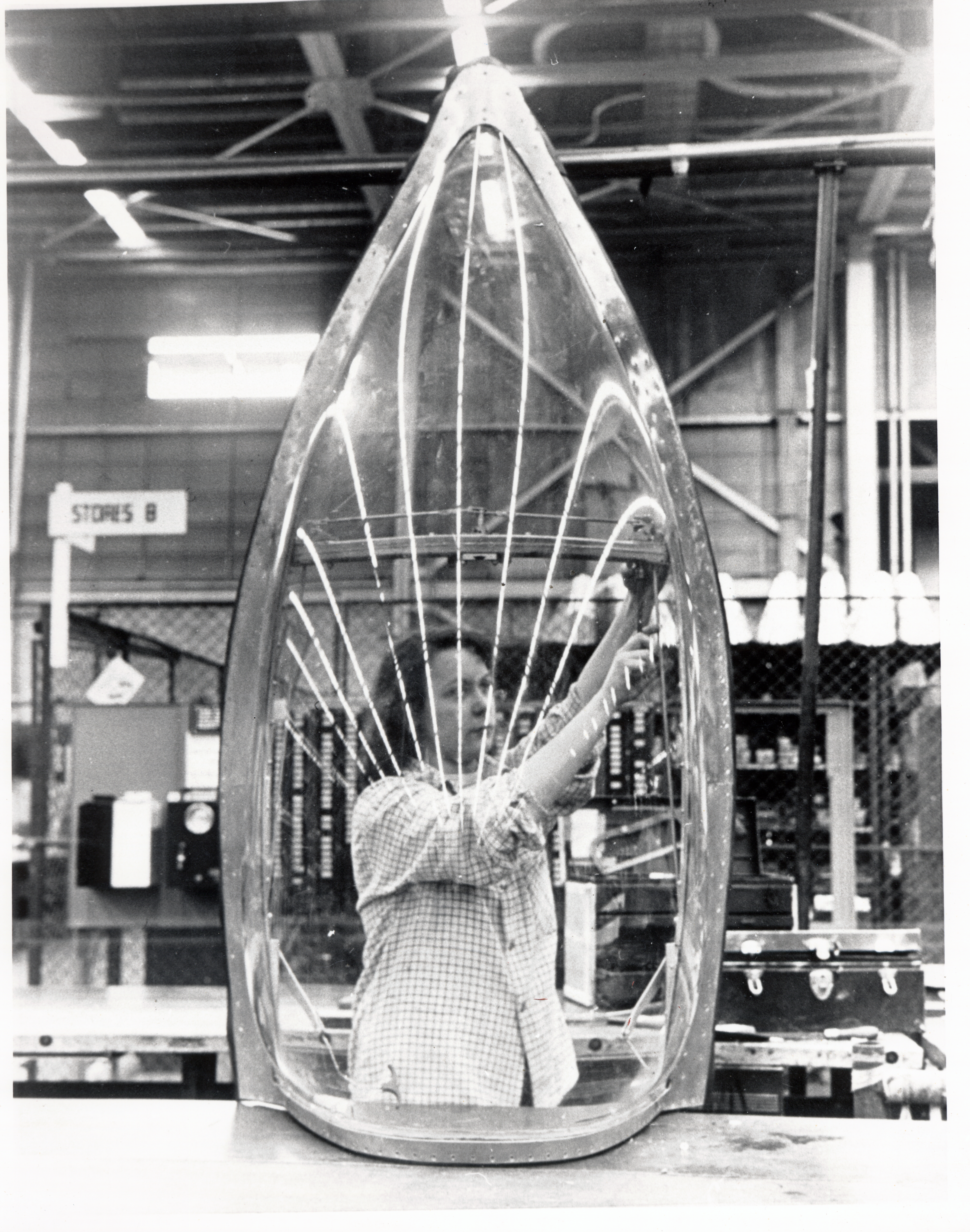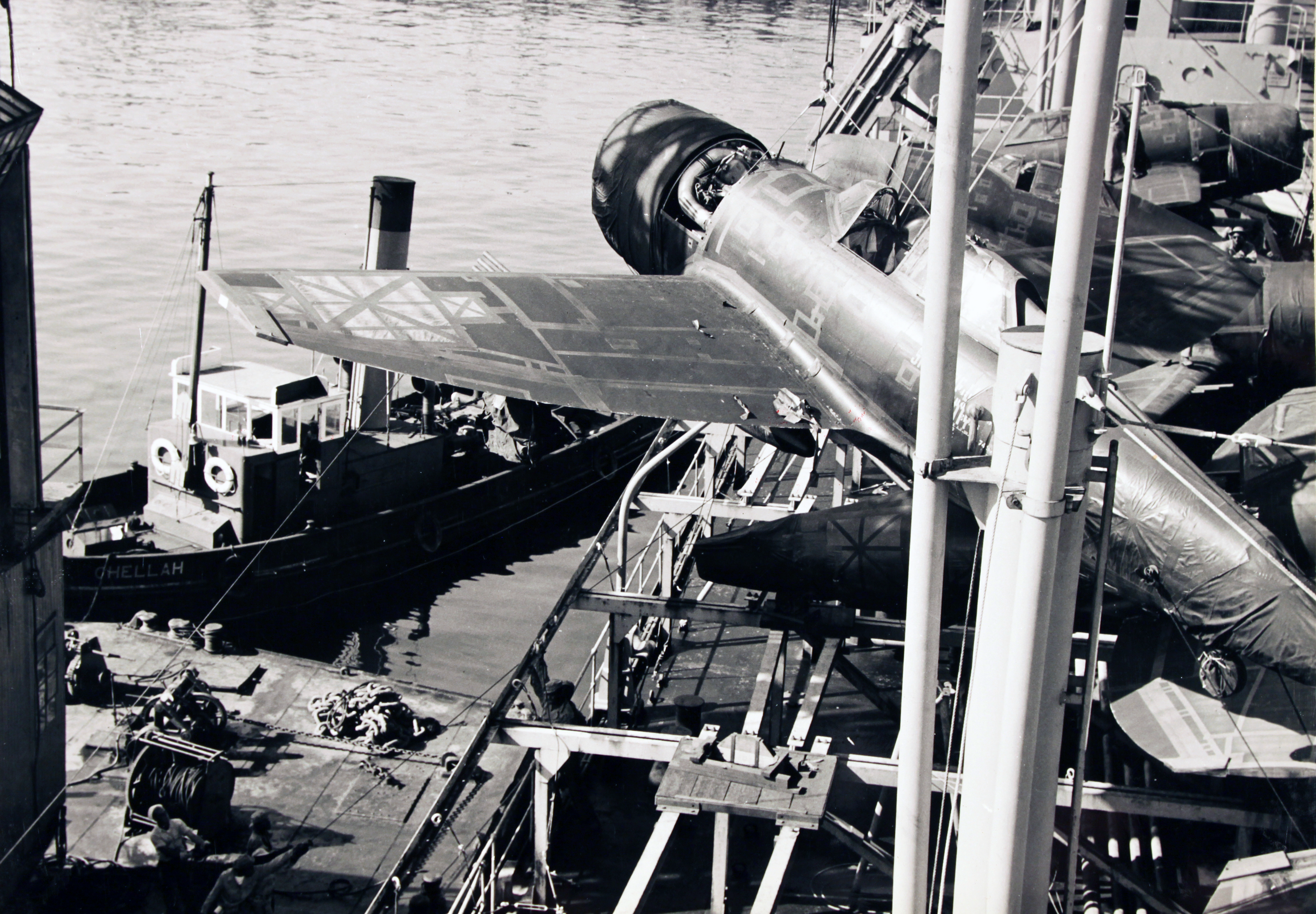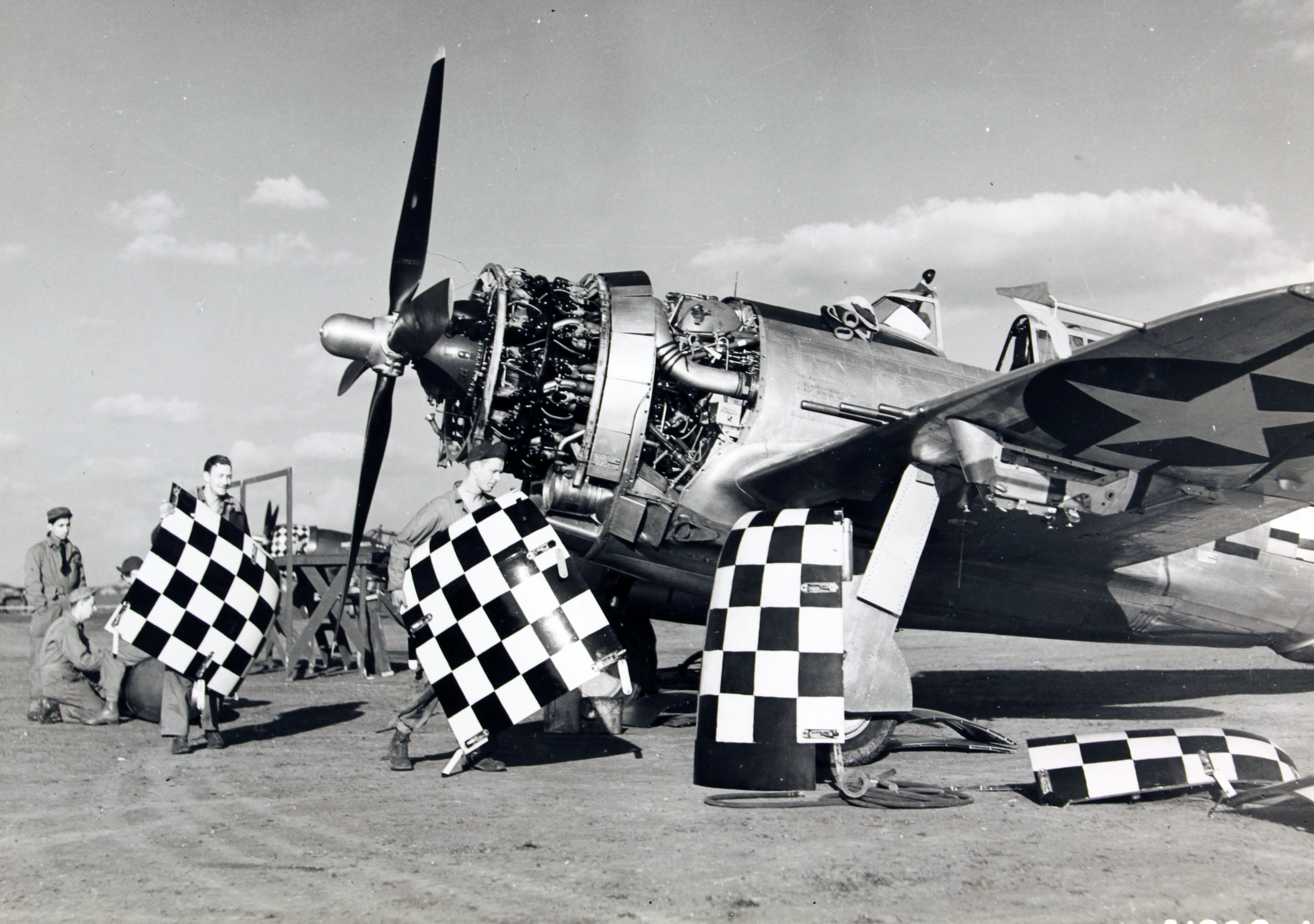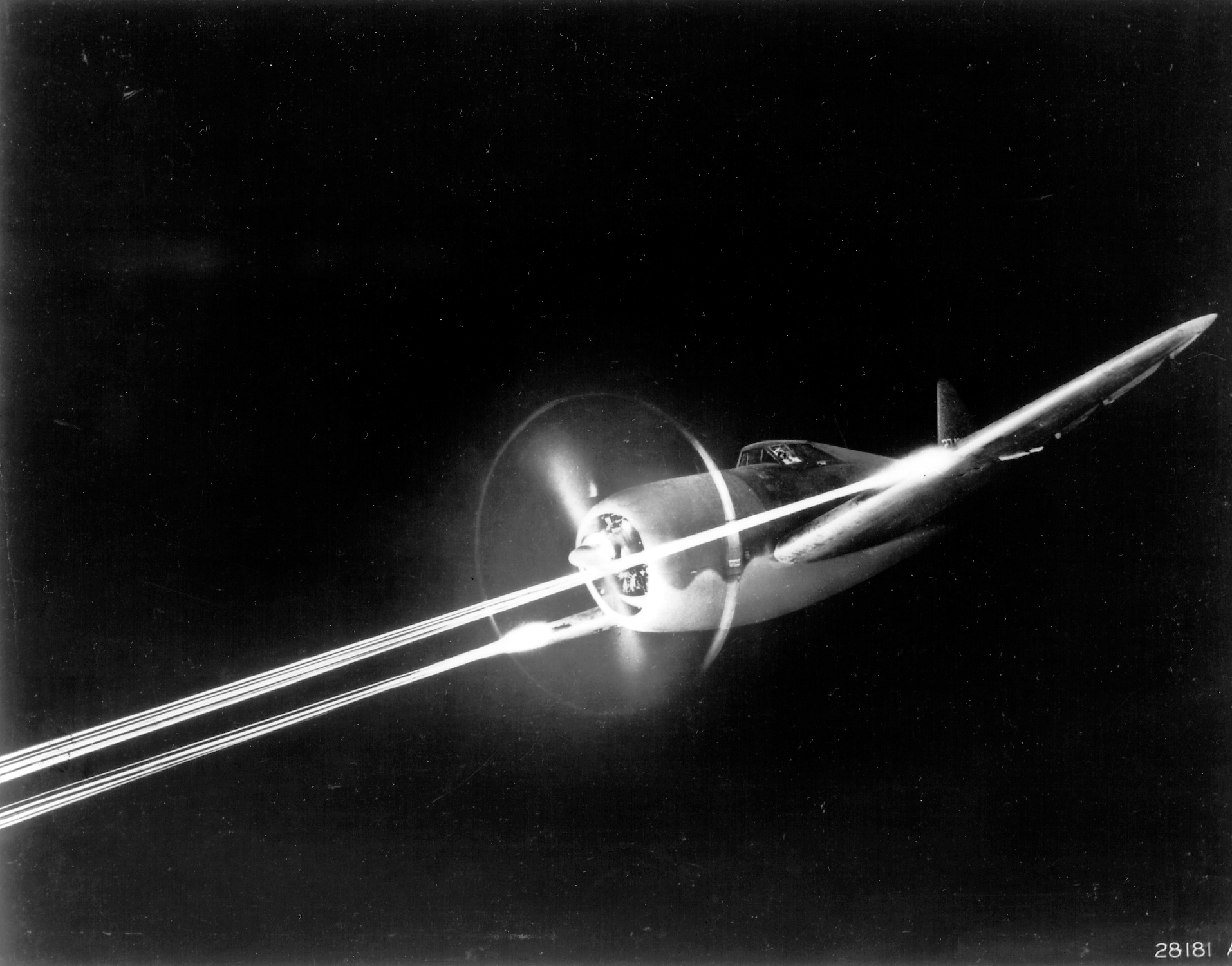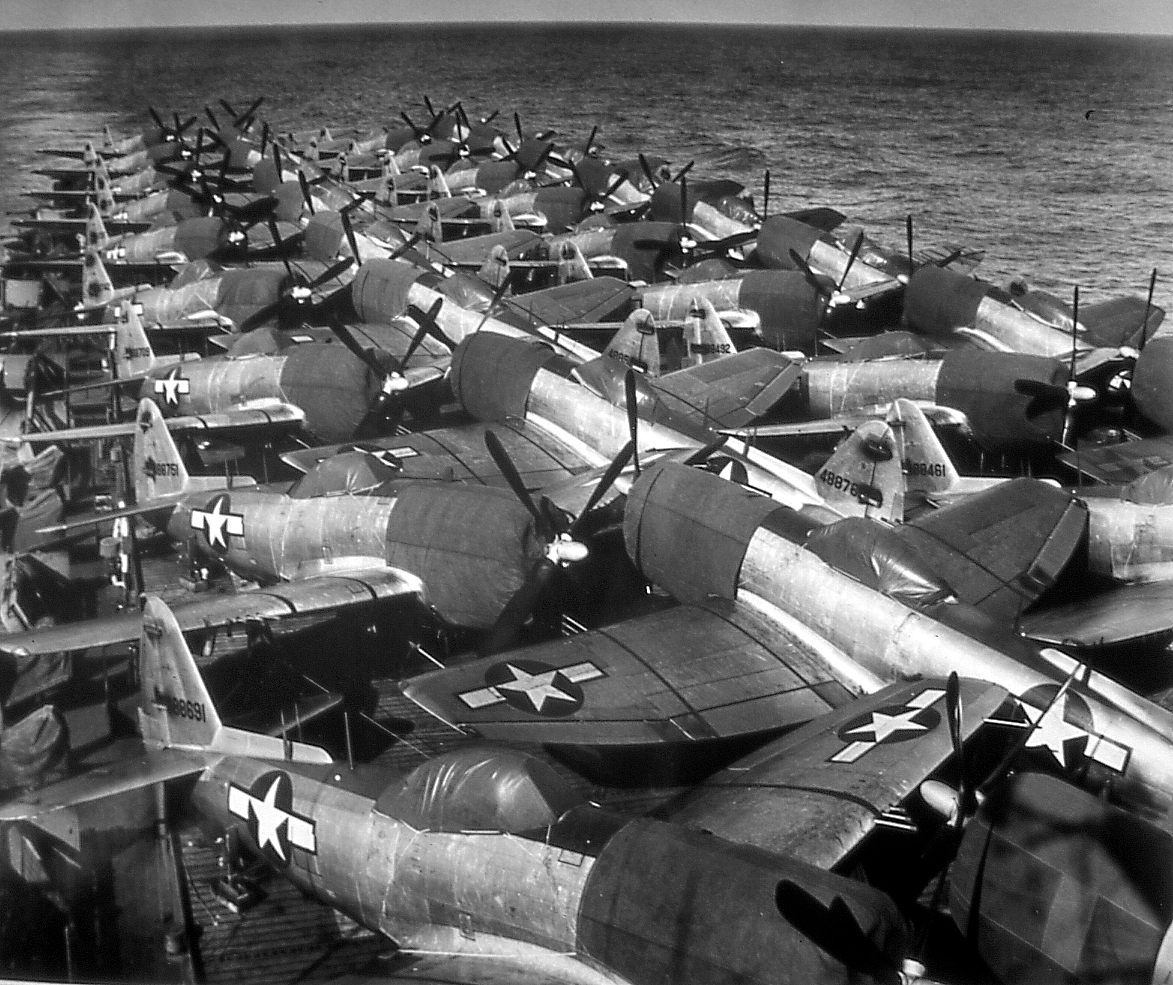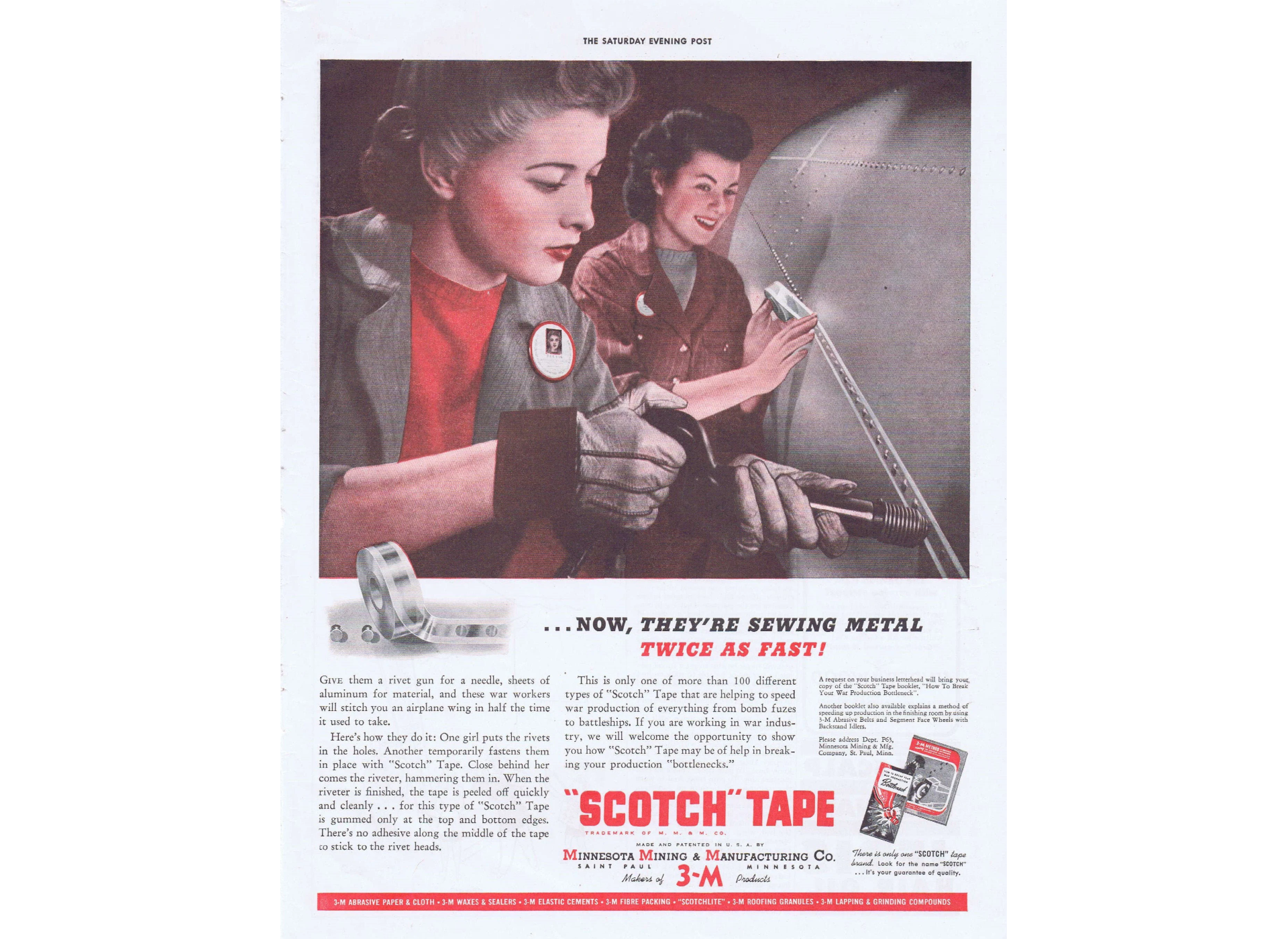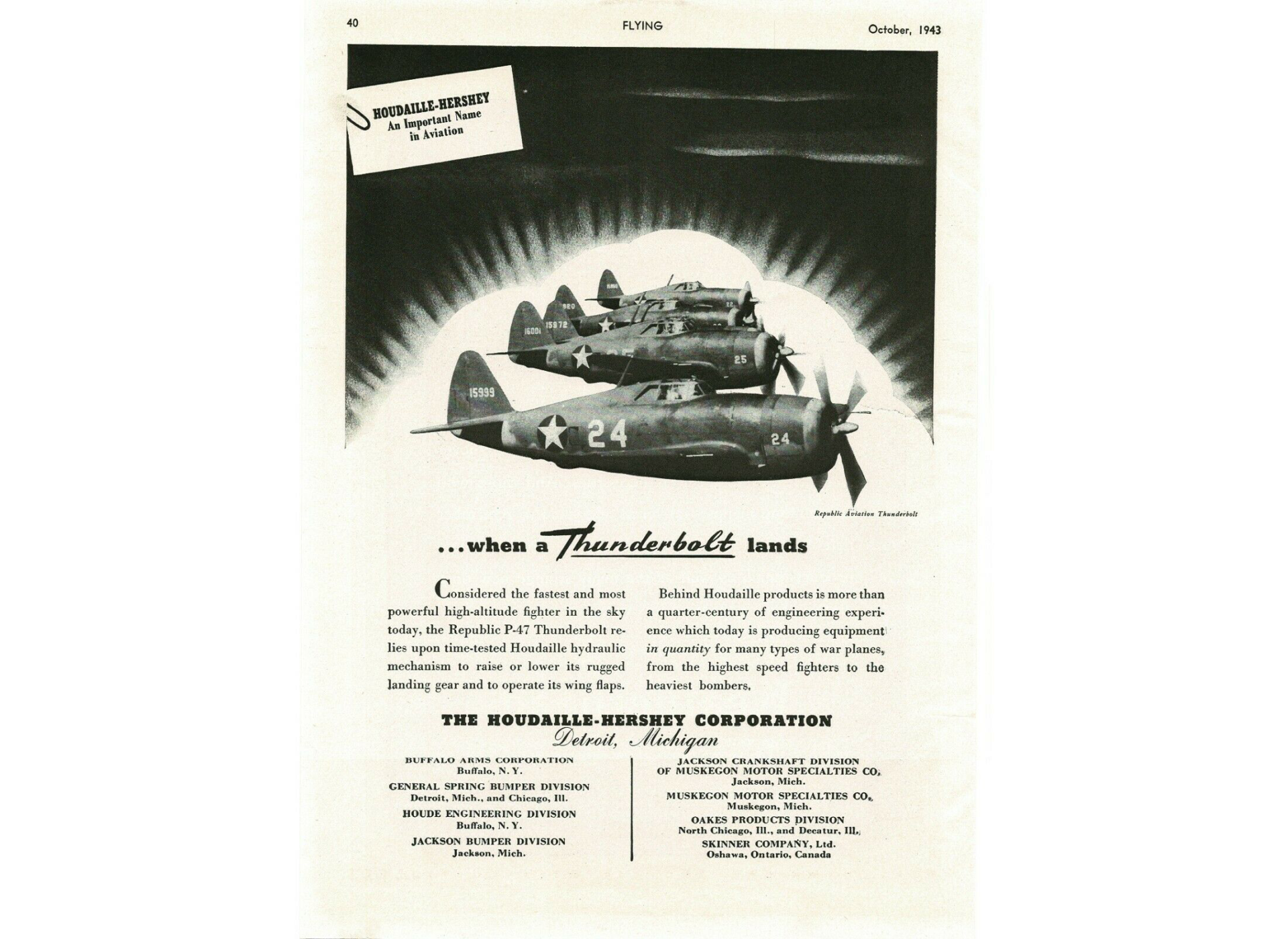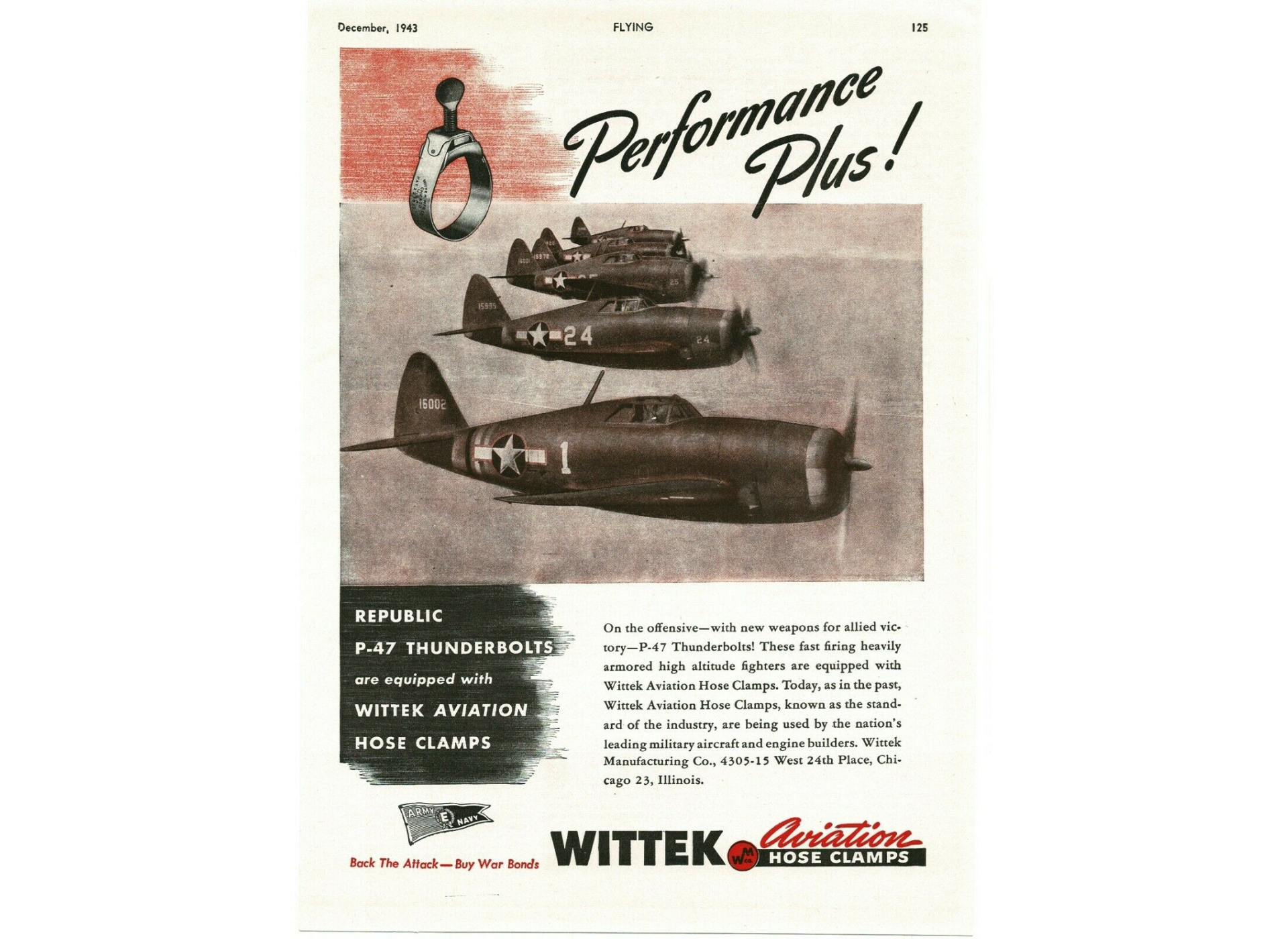
Chiricahua Apache prisoners including Geronimo (front row, third from right). National Archives
In the wake of the 2022 NYSRPA v Bruen decision, gun control laws at all levels in the United States have been in danger. While the original case only applied to “may issue” concealed carry laws, the case opened the door to lawsuits of all kinds by changing the standard by which infringements are to be measured. Instead of being able to hand-wave our constitutionally-protected rights away with interest balancing (“We really, really, really need this law!”), states would instead have to show that an anti-gun law would have been tolerable at the time the Second Amendment was ratified.
The only way to prove this is to look at the history and find not only precedent, but also find that the precedent was overwhelmingly common. One state passing a law, or a few states having a law isn’t really enough. For an anti-gun law to stand, it would have needed to be common practice during the founding era.
Obviously, anti-gun forces aren’t going to give up. Instead of being like, “Damn. You got me. This law is unconstitutional,” we instead see them trying all kinds of crazy things to come up with historical precedent to justify today’s anti-gun laws. In a recent New Mexico case, a federal judge tried again to use laws against slaves owning firearms and laws against Native Americans owning guns to justify it.
In short, their argument is that these laws decided who could get a weapon. So, the thinking goes, a state can now decide who can own a weapon, even if very different criteria are used to make that choice.
Why This Argument Doesn’t Hold Water
One very important thing changed since the time of those bigoted and evil laws: the Thirteenth and Fourteenth Amendments.
While simply calling a law bigoted and even genocidal doesn’t automatically render it unconstitutional, it’s pretty clear that a law banning black people and Native Americans wouldn’t be constitutional today. Why? Because the Civil War marked the beginning of the end of that nonsense. Constitutional amendments ended slavery and ended treating anyone as a second-class citizen.
This didn’t become the reality on the ground overnight, though. Slavery ended, but a decades-long insurgency ultimately succeeded in ending Reconstruction. This enabled the South to bring milder forms of slavery back via Jim Crow. Native Americans were denied the rights of citizens both during and after the Indian Wars. But, during the 20th Century, governments and courts decided to start following the law and put an end to unconstitutional persecution of these classes of people. Now, things like Jim Crow and treating Native Americans as foreigners with no rights are in the garbage can of history where they belong.
Given that these laws banning these two classes of people from owning weapons wouldn’t be constitutional today, there’s really no sense in relying on them to support infringements on other people. To claim otherwise is to claim that black people and Native Americans could be rightly denied their rights today.
Really, though, the judge who wrote this decision and the other anti-gun lawyers who originally crafted this dumb argument aren’t bigots themselves. They know this is a nonsense argument that won’t prove durable in higher courts. All they’re trying to do is come up with something that looks semi-legitimate to slow the process down in hopes that Democrats can change the composition of the Supreme Court and undo NYSRPA v Bruen, as well as to make a mockery of the Bruen decision in the process.
We shouldn’t let them off the hook, though. Disingenuously using the bigoted past to support their agenda in the present doesn’t make them good guys. If anything, this should be seen as a spit in the face and a mockery of the people who fought so hard to end slavery and the abuse of Native Americans. For this, they should still be ashamed.

